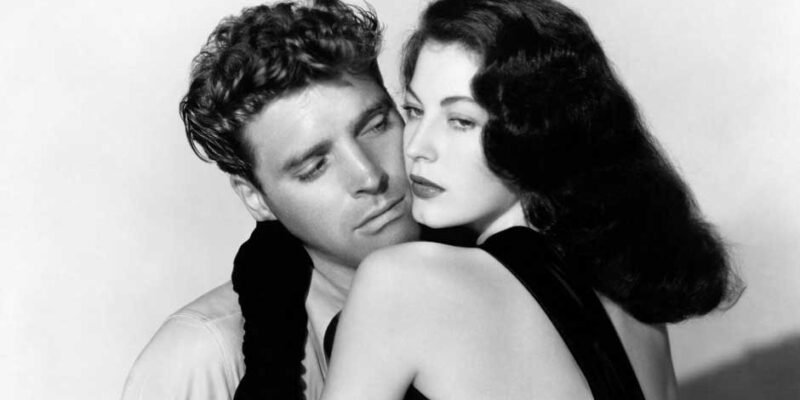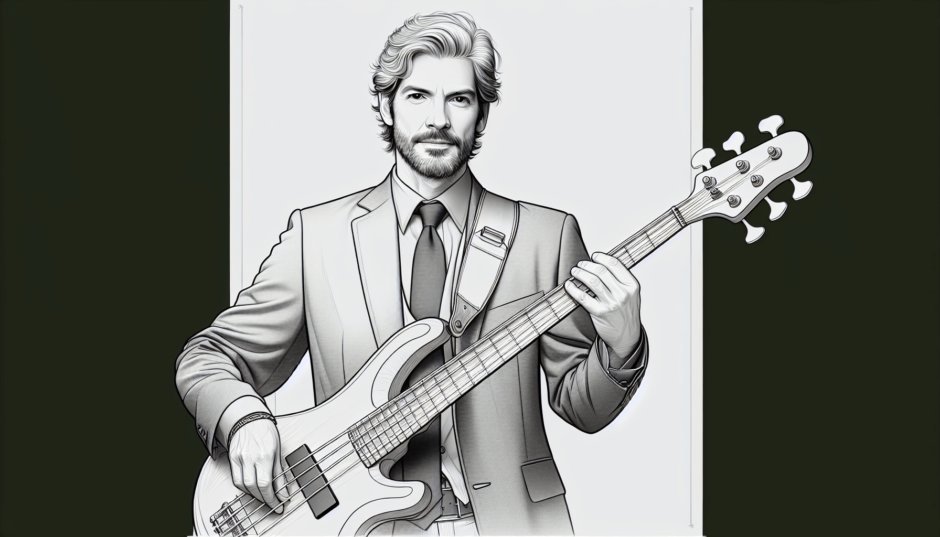Introduction
In the grand tapestry of human narratives, certain character archetypes consistently seize our attention and spark our imagination. Among these, the ‘vile vixen’ emerges as a potent emblem of dangerous allure and manipulative prowess. This figure, often intertwined with the ‘femme fatale,’ embodies a captivating fusion of beauty, sharp intellect, and a capacity for malevolence that leaves an indelible mark.
This exploration delves into the intricate layers of the vile vixen archetype, tracing its historical origins, dissecting its defining traits, and highlighting its prominent appearances across the diverse landscape of popular culture. From the shadowy realms of film noir to the vibrant tapestry of modern media, the persistent presence of this enigmatic figure mirrors society’s deep-seated anxieties and enduring fascination with female power and defiance. We will unravel the archetype’s evolution, its profound psychological resonance, and its lasting imprint on our collective imagination.
The Genesis of the Vile Vixen: Historical Roots
The notion of the alluring yet dangerous woman is far from a recent invention; its tendrils stretch back through the mists of mythology, the whispers of folklore, and the ancient echoes of literature. Figures such as Lilith from Jewish tradition, the enchanting Sirens of Greek myth, and even Eve from biblical narratives, all share common threads with the vile vixen archetype. These early depictions frequently portrayed women who, through their charm or supernatural gifts, led men astray, often culminating in their ruin or destruction.
In numerous ancient cultures, formidable female figures were often regarded with a complex mix of awe and apprehension. Goddesses and mythical beings who commanded significant influence were frequently portrayed with dualistic attributes, capable of both nurturing life and unleashing destruction. This inherent duality laid the fertile ground for the subsequent emergence of the femme fatale, a character who encapsulates both irresistible allure and intrinsic danger. The apprehension surrounding female power, especially when it dared to challenge established patriarchal norms, frequently found expression in narratives that either demonized or issued warnings against such figures.
Characteristics of the Femme Fatale: Beauty, Deception, and Power
The defining traits of the femme fatale, or vile vixen, form a potent concoction meticulously crafted to ensnare and manipulate. Paramount among these is her captivating beauty, which functions as both a formidable weapon and an irresistible lure. This beauty often transcends mere aesthetics, possessing an almost hypnotic quality that inexorably draws her unsuspecting victims into her magnetic field.
Beyond her striking physical appeal, the vile vixen is distinguished by her razor-sharp intellect and an uncanny knack for cunning. She is an undisputed maestro of deceit, artfully deploying falsehoods, partial truths, and intricate stratagems to achieve her desired outcomes. Her words, much like her appearance, carry a dangerous potency, capable of distorting realities and sowing seeds of discord. She operates with a singular, unwavering purpose, often propelled by unbridled ambition, a thirst for vengeance, or an insatiable hunger for power, rather than any genuine emotional connection.
Her true strength resides not in overt aggression, but in her uncanny ability to exploit the latent desires and inherent vulnerabilities of those around her. She stands as an independent and self-reliant figure, frequently operating beyond the confines of conventional societal expectations. While this independence can sometimes be seen as admirable, it is almost invariably directed towards her own self-serving objectives, solidifying her status as a formidable and often devastating force.
Iconic Vile Vixens in Popular Culture
Film Noir and the Classic Femme Fatale
The mid-20th century witnessed the emergence of film noir, a cinematic genre that offered a perfect stage for the femme fatale to truly flourish. These films, characterized by their somber themes, cynical undertones, and stark, shadowy aesthetics, frequently featured a male protagonist ensnared in a web of deceit spun by a mysterious and alluring woman. The quintessential femme fatale of film noir was typically sophisticated, fiercely independent, and morally ambiguous, skillfully leveraging her sexuality and intellect to manipulate men for her own calculated gains.
Figures such as Phyllis Dietrichson in Double Indemnity (1944), brought to life by Barbara Stanwyck, perfectly embody this archetype. Phyllis is a cold, calculating, and utterly ruthless woman who cunningly seduces an unsuspecting insurance salesman into orchestrating her husband’s murder for financial gain. Her composed demeanor, razor-sharp intellect, and remarkable ability to meticulously plan and execute a complex crime solidify her status as a quintessential vile vixen. Similarly, Brigid O’Shaughnessy in The Maltese Falcon (1941), masterfully portrayed by Mary Astor, stands as another iconic example. She is a beguiling deceiver, constantly shifting her narratives and allegiances, ultimately leading to the ruin of those who cross her path. These characters, while undeniably villainous, were often imbued with a certain poignant depth, subtly hinting at the societal pressures and limitations that might have inadvertently forged their perilous trajectories.
Modern Manifestations: Beyond the Silver Screen
While film noir undeniably established the classic blueprint, the vile vixen archetype has persistently evolved and adapted across a myriad of modern media. In contemporary cinema and television, the femme fatale frequently appears in more nuanced iterations, sometimes blurring the conventional boundaries between outright villainy and complex anti-heroism. Characters like Catherine Tramell in Basic Instinct (1992) boldly push the limits of the archetype, presenting a highly intelligent and sexually liberated woman whose motivations remain tantalizingly ambiguous, leaving audiences to perpetually ponder her true essence.
Beyond the confines of traditional cinema, the vile vixen has discovered fresh avenues for expression in the dynamic worlds of video games, literature, and even comic books. Within these mediums, her defining characteristics are frequently amplified or recontextualized to seamlessly integrate with the prevailing narrative. She might manifest as a formidable sorceress, a cunning espionage agent, or a ruthless corporate manipulator, yet the fundamental elements of her captivating allure, deceptive prowess, and perilous ambition consistently endure. This inherent adaptability guarantees the archetype’s sustained relevance, enabling it to mirror contemporary societal anxieties concerning power dynamics, gender roles, and the intricate nuances of morality.
The Psychological and Societal Impact
The enduring fascination with the vile vixen archetype speaks volumes about deeper psychological currents and societal shifts. From a psychological standpoint, these characters often embody forbidden desires and the irresistible pull of the unknown. They tap into our primal fears of betrayal and manipulation, while simultaneously embodying a captivating fantasy of unbridled power and liberation.
From a societal perspective, the vile vixen can be interpreted as a mirror reflecting the ever-shifting landscape of gender roles and inherent anxieties. In bygone eras, she frequently served as a cautionary narrative, inadvertently solidifying traditional patriarchal frameworks by casting female ambition and independence in a negative light. Her inevitable downfall often symbolized the perceived triumph of conventional morality over the seductive pull of dangerous temptation.
However, in more contemporary interpretations, the archetype can also be examined through a feminist lens. Some scholars contend that the femme fatale, despite her often destructive inclinations, actively reclaims agency and wields power in a world that frequently attempts to constrain women. She boldly challenges established expectations and subverts societal norms, even if her chosen methods are morally ambiguous. This inherent dual interpretation underscores the archetype’s profound complexity and remarkable adaptability.
The Enduring Legacy of the Vile Vixen
The vile vixen, or femme fatale, has undeniably proven to be an exceptionally resilient and remarkably adaptable archetype. Her persistent presence in the vast landscape of popular culture, even amidst profound societal shifts and evolving perceptions of gender, powerfully attests to her fundamental appeal and profound symbolic resonance. She functions as a compelling mirror, reflecting our deepest fears and most fervent desires, our enduring fascination with power, and our intricate, often contradictory, relationship with morality.
Her enduring legacy transcends mere villainy; it is also a testament to a form of empowerment, albeit one shrouded in darkness. She embodies the woman who seizes control, who deftly employs her intellect and charm to navigate a world that might otherwise seek to confine her. This inherent duality guarantees her longevity, allowing her to be continually reinterpreted and reimagined for successive generations and evolving narratives. Whether she serves as a cautionary fable or a beacon of rebellious autonomy, the vile vixen remains an undeniably captivating and unforgettable presence in the rich tapestry of human storytelling.
Conclusion
The vile vixen, a captivating and complex archetype, continues to fascinate and provoke. From ancient myths to modern blockbusters, her presence underscores humanity’s enduring preoccupation with the interplay of beauty, power, and danger. She is a testament to the enduring power of narrative, a character who, despite her often nefarious intentions, remains undeniably compelling. As long as stories are told, the allure of the vile vixen will undoubtedly persist, a dark star in the constellation of human archetypes.
















